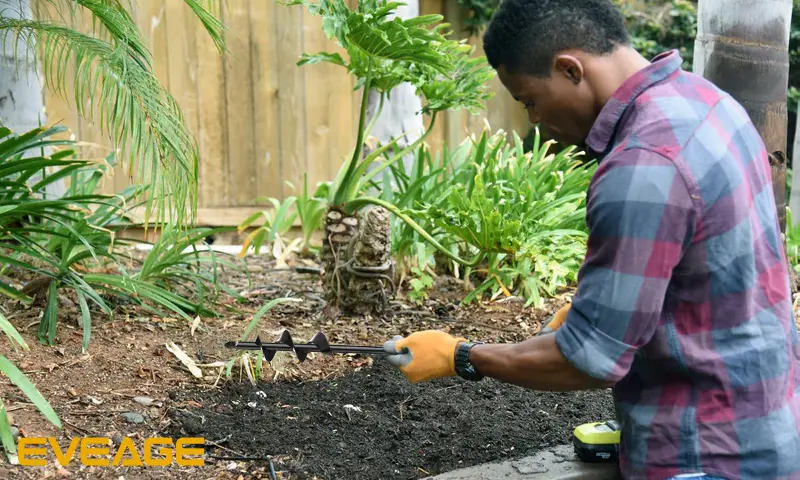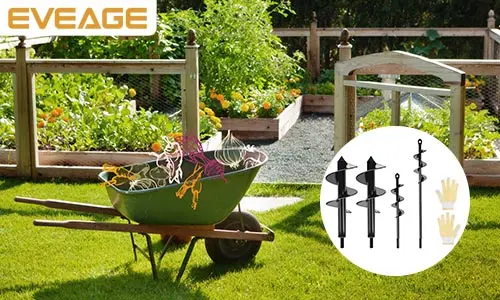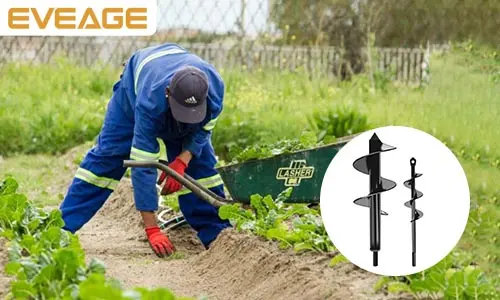Introduction
Whether you’re a homeowner, an amateur woodworker or just looking for some DIY projects to do around the house, chances are that you’ve run across a drill bit or two. Drill bits serve many different purposes and there’s no doubt that they have become an indispensable tool in any home improvement arsenal. But what are all these different types of drill bits used for? What do they look like? And how can you tell which one to choose? In this article we’ll take a quick look at each type of drill bit so that if you ever find yourself needing one (or ten) in the future, then you’ll know exactly which one(s) should be in your toolbox!
Auger Bits
Auger bits are used to drill holes in wood, metal, concrete and masonry. They can also be used for drilling and milling plastics. They are also used for drilling into soil.
The auger bit is the most widely used drill bit. While it may not be able to drill the deepest holes, it has the largest range of sizes and can cut through anything from wood, plastic, metal and concrete. As you would expect, this is the drill bit you need if you’re drilling into wood.
The auger bit is the most widely used drill bit. While it may not be able to drill the deepest holes, it has the largest range of sizes and can cut through anything from wood, plastic, metal and concrete. As you would expect, this is the drill bit you need if you’re drilling into wood or masonry (the technical term for stone). If you’re drilling into steel or iron pipes, then an HSS twist-drill bit will work better than an auger bit as they are designed with harder materials in mind.
Spade Bits
Spade bits are one of the most popular and useful types of drill bits for a variety of different applications.
Their flat fluted design makes them go deeper than other types of drill bits, even when used on soft woods like pine or balsa. They’re also great for drilling into metal, masonry and plastic materials because they don’t have any sharp edges like some other drill bit designs do.*
Unfortunately, spade bits aren’t as durable as some other styles of drill bit—so you may need to replace yours more often than others depending on what material you’re working with.
A spade bit is very similar to an auger bit in design and function but because they are designed to drill quickly, they’re not as durable. They work well with soft and hard woods.
A spade bit is very similar to an auger bit in design and function but because they are designed to drill quickly, they’re not as durable. They work well with soft and hard woods.
Use a spade bit for drilling holes that you need to make quickly. The cutting edges on the bottom of the bit will begin to dull with use, so if you plan on using this type of tool over an extended period of time or if you intend on drilling large holes (more than 1 inch deep), you should buy more than one spade bit at once so that it doesn’t wear down too quickly.
Twist Drill Bits
Twist Drill Bits
Twist drill bits are used to drill into metal, masonry and plastic. They are not as durable as masonry bits, but they don’t require a lot of pressure to get the job done. If you need to drill into wood, go for a different type of bit like an auger or spade bit. The most common twist drill bits are 1/16, 1/8, 3/16 and 1/4 inch sizes.
Twist bits are the most common drill bits. They are primarily used for drilling into metal, masonry and plastic. You could use them for wood but they wouldn’t last very long.
Twist bits are the most common drill bits. They are primarily used for drilling into metal, masonry and plastic. You could use them for wood but they wouldn’t last very long. Twist bits aren’t as durable as brad-point bits because they don’t have any cutting edges, so you can’t really use them to drill into hard materials like metal.
Brad-Point Bits
Brad-point bits are used for drilling in wood. These bits have a sharp center point surrounded by two sharp cutting wings. They are more durable than twist bits and can be used to drill up to a dozen holes before needing replacement.
Brad-point bits have a small tip at their center that gives them perfect centering on any material you’re likely to encounter. The sharp center point is surrounded by two sharp cutting wings which cut clean holes in wood. They are very durable and can be used to drill up to a dozen holes before needing replacement (unlike twist bits).
Oops! Click Regenerate Content below to try generating this section again.
Forstner Bits
Forstner bits are primarily used when drilling large flat-bottom holes in wood. These bits have a hollow center and are commonly used to cut slots or decorative grooves. When using them in a hand drill, make sure you apply enough downward pressure or they will burn up the hole instead of cutting it cleanly.
Forstner bits are primarily used when drilling large flat-bottom holes in wood. When using them in a hand drill make sure you apply enough downward pressure or they will burn up the hole instead of cutting it cleanly.
Forstner bits are primarily used when drilling large flat-bottom holes in wood. When using them in a hand drill make sure you apply enough downward pressure or they will burn up the hole instead of cutting it cleanly.
When drilling deep holes, always use a drill stop collar on your router bit to prevent it from sinking too far into your work piece and possibly breaking off inside of it.
Conclusion
So there you have it, a quick rundown of the types of drill bits available and what they’re used for. If you have any questions or comments feel free to leave them below!





